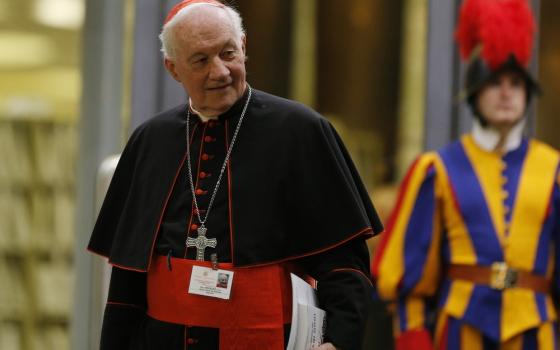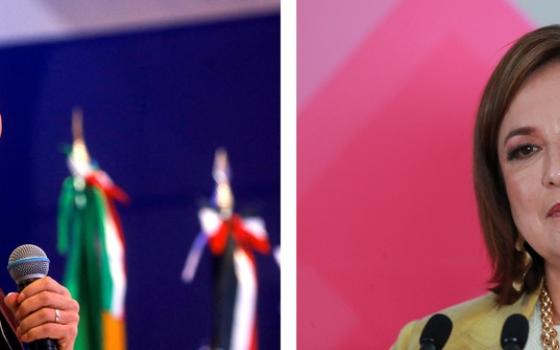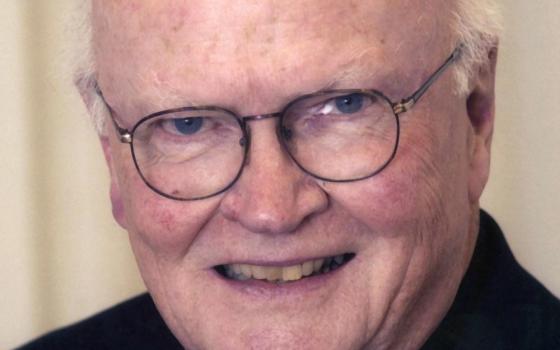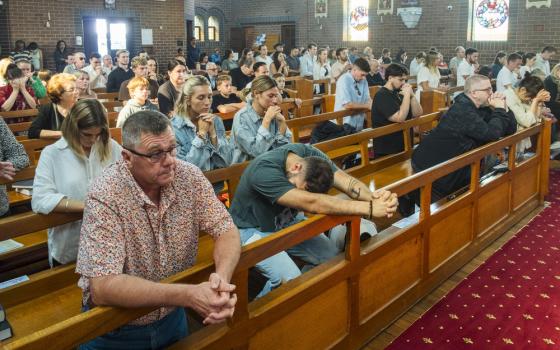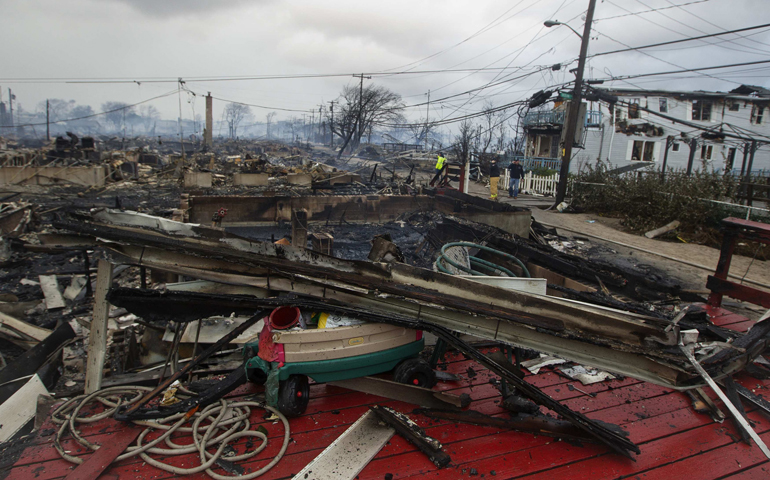
Dioceses along the East Coast followed the lead of federal, state and local governments in shutting operations Monday, the day Hurricane Sandy was expected to make landfall, with New Jersey expected to be in the center of the huge storm.
Catholic Charities USA was working with its local affiliates along the East Coast on how to get necessary supplies and services to the affiliates once the storm passes.
"Reports from the National Weather Service make it clear that many of our agencies on the East Coast -- from New York all the way down to Florida -- will be feeling some impact from Hurricane Sandy and we stand ready to provide whatever support necessary to meet the needs of those affected," said a statement from Samuel Chambers, Catholic Charities senior vice president of disaster operations.
"Since Hurricane Katrina, we have focused on being prepared for future disasters," said a statement from Catholic Charities president Fr. Larry Snyder. "Not only are we early responders, but our presence in the community also puts us in a position to be able to quickly assess and provide support in the long term."
Dioceses heeded the advice of governors and big-city mayors, who had declared a state of emergency in their respective jurisdictions, and shut down for at least one day with the possibility of extending their shutdown longer.
The Archdiocese of New York closed Monday "due to the decision by the MTA to suspend public transportation as a result of Hurricane Sandy," said a statement on the archdiocesan website. The MTA is the Metropolitan Transit Authority; New York's subway system shut down the day before. As for the possibility of continued closing, the statement added, "We will be guided by the decisions of the governor, mayor and MTA."
The Diocese of Camden, N.J., which takes in southernmost New Jersey, announced it would be closed both Monday and Tuesday. "There's some kind of meeting in Atlantic City on Wednesday; that's not going to happen," Peter Feuerherd, diocesan director of communications, told Catholic News Service.
"The storm is coming, apparently, right over Atlantic City," which is in the Camden Diocese, Feuerherd added. "Our parishes are all along the shore from Atlantic City down, all the way to Cape May," he said. "Those beach communities are going to be hit hard. The governor (Chris Christie) has already evacuated those beach communities, (but) I'm not actually there and I can't tell you whether people have actually taken the advice to get out."
The Archdiocese of Newark, N.J., had already decided by late morning Monday to be closed Tuesday as well, according to Jim Goodness, the director of communications for the archdiocese.
"All of the schools of the archdiocese have been following the leads of the state," Goodness said. "Parishes can certainly handle themselves."
Still, "we'd certainly worry. We had several parishes that went underwater last year" from the rains of Hurricane Irene after it was downgraded to a tropical storm, Goodness told CNS. "Working with our property management people to mitigate (bad effects), however, they can hope that things can work out better this time than they last time."
Since the worst of the storm wasn't expected to come until sundown Monday, diocesan representatives said it would be hard to assess any negative impact of Sandy until afterward.
The Diocese of Paterson, N.J., was also closing Monday and Tuesday. Accompanying the Monday announcement on the diocesan website was a map showing Sandy's path. New Jersey was the only state in all white while other states had at least a little green.
President Barack Obama returned to the White House from a campaign event Monday in Florida and canceled a campaign event in Wisconsin to monitor the storm and be briefed on federal emergency preparedness activities.
Asked whether Sandy would have an impact on the Nov. 6 election, Obama replied: "The election will take care of itself next week. Right now, our number-one priority is to make sure that we are saving lives, that our search-and-rescue teams are going to be in place, that people are going to get the food, the water, the shelter that they need in case of emergency, and that we respond as quickly as possible to get the economy back on track."
